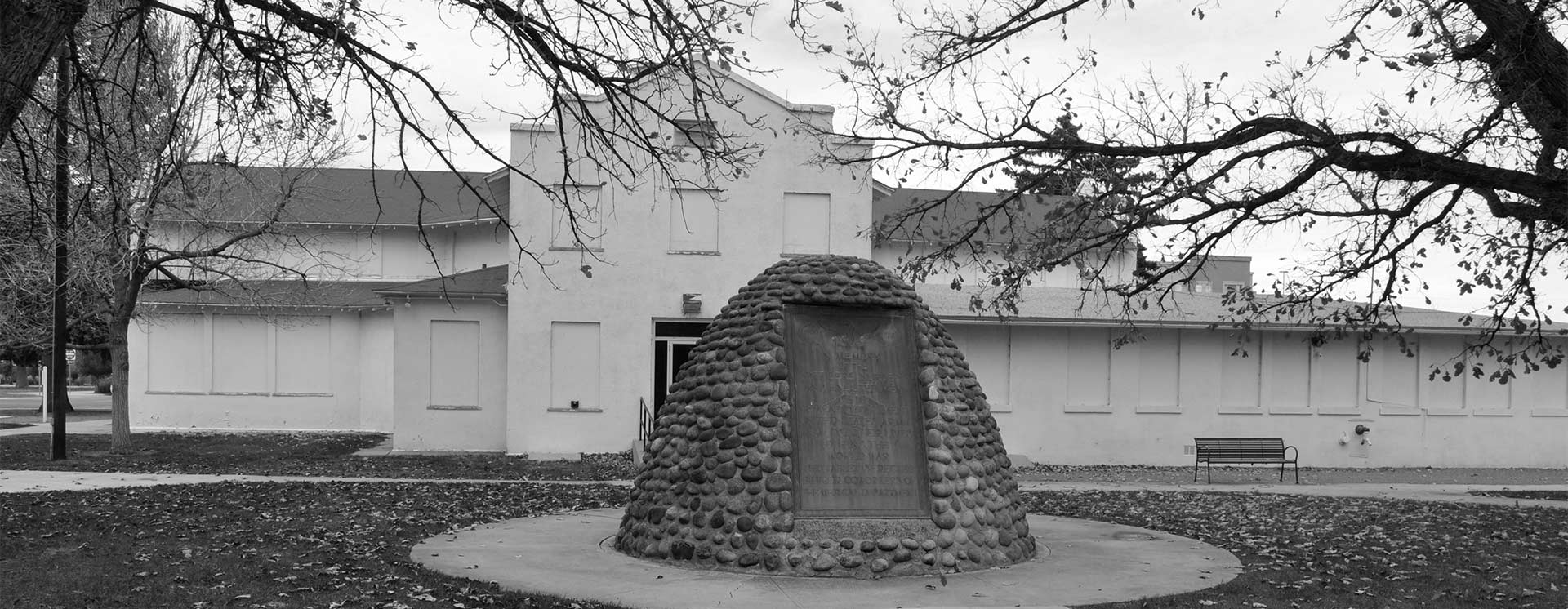
World War One Sites - The NETWORLD Database
Crypt of Archduke Franz Ferdinand in Castle Artstetten, Lower Austria, Austria
Castle Artstetten near to Pöchlarn is resided in by the Hohenberg family, the descendants of Archduke Franz Ferdinand and his wife Sophie Duchess of Hohenberg. The heirs to the throne were killed on 28 June 1914 on the occasion of the assassination in Sarajevo. The family crypt, constructed in 1909, is part of the estate. Archduke Franz Ferdinand and his wife Sophie found their final resting place here and were buried on 4 July 1914.
Austria, Lower Austria
Type of WWI-heritage
- Non-Military Site of World War One Relevance
Dimensions
No information available.
State of repair/preservation
The site is in good condition.
Historical WWI Context
Castle Artstetten near Pöchlarn is the residence of the Hohenberg family, the descendants of Archduke Franz Ferdinand and his wife Sophie. The family crypt constructed in 1909 is part of the estate, in which the heirs to the throne found their last resting place. They were buried there on 4 July 1914. Archduke Franz Ferdinand and Sophie Duchess of Hohenberg were murdered on 28 June 1914 as a result of the assassination of Sarajevo by members of the underground organisation Mlada Bosna (Black Hand), insinuated to have connections to official Serbian authorities. With the death of the heir to the throne, many people no longer saw any hope for domestic political reforms, the stabilisation of the dual monarchy (it suffered under the conflict of nationalities within the Reich), a change to foreign political policies and the maintenance of peace in Europe. With the declaration of war on Serbia by Austria-Hungary, World War I broke out on 28 July 1914 that subsequently caused suffering to millions.
Archduke Franz Ferdinand had taken the decision long before the start of World War I to be buried at Castle Artstetten instead of in the Capuchin Crypt in Vienna where family members of the Habsburg dynasty were usually buried. The reason: his wife Sophie and their children were not allowed to be buried in the Capuchin Crypt because they had an unacceptable marriage according to the social (dynastic) rules of marriage prevalent at the time.
Recent Images
Historical Images
State of legal protection
The crypt is not under protection.
Owner
The crypt is privately owned by the family of Hohenberg.
Kind of cultural use of WWI
Erzherzog Franz-Ferdinand-Museum Castle Artstetten (near Pöchlarn)
Further information:
www.schloss-artstetten.at
Opening
Erzherzog Franz-Ferdinand-Museum Castle Artstetten (near Pöchlarn)
Further information:
www.schloss-artstetten.at
Entrance Fee
Erzherzog Franz-Ferdinand-Museum Castle Artstetten. Further information: www.schloss-artstetten.at
Information regarding cities, villages, other touristic attractions (non-WWI) nearby
Further information:
Maria Taferl: www.basilika.at
Region Südliches Waldviertel: www.waldviertel.at/suedliches-waldviertel
Stift Melk: www.stiftmelk.at
Wachau-Nibelungengau: www.donau.com/de/wachau-nibelungengau-kremstal/ausflug-bewegen/bewegung/bewegungsraum-nibelungengau/
Wachau: wachau-urlaub.com
Accomodation
Further information:
Gemeinde Artstetten-Pöbring: https://artstetten-poebring.riskommunal.net/Freizeit_Tourismus/Unterkuenfte
Gemeinde Pöchlarn: www.poechlarn.at
Region Südliches Waldviertel: www.waldviertel.at/suedliches-waldviertel
Wachau: wachau-urlaub.com
Public Transport
Further information:
ÖBB: www.oebb.at
Wachau: wachau-urlaub.com
Further information sources
Publications:
Alma Hannig, Franz Ferdinand. Die Biographie, Wien (2013).
Christiane Scholler, Willkommen im Schloss. Anita Hohenberg über ihren Urgroßvater, Thronfolger Erzherzog Franz Ferdinand von Österreich-Este, Artstetten (2011).
Günther Kronenbitter, Haus ohne Macht? Erzherzog Franz Ferdinand (1863–1914) und die Krise der Habsburgermonarchie, in: Wolfgang Weber, Der Fürst. Ideen und Wirklichkeiten in der europäischen Geschichte, Köln–Weimar–Wien (1998), S. 169–208.
Other heritage sites nearby
- Bridgehead Krems, base Göttweiger Mountain, Lower Austria, Austria
- Water tower of the Marchtrenk POW camp, Upper Austria, Austria
- "Iron Soldier" (Wehrmann in Eisen), Vienna, Austria
- Memorial site of the former refugee camp Bruck an der Leitha, Lower Austria, Austria
- Bruckneudorf War memorial, Burgenland, Austria
- Russian Orthodox chapel in Zagging, Lower Austria, Austria
Museums Private Collections
Erzherzog Franz-Ferdinand-Museum Castle Artstetten (near Pöchlarn)
Further information:
www.schloss-artstetten.at
Heeresgeschichtliches Museum, Vienna (HGM)
Further information:
www.hgm.at
Crypt of Archduke Franz Ferdinand in Castle Artstetten, Lower Austria, Austria
48.242787759235554 15.202459545819124 fileadmin/res/images/layout/standar-marker.pngLocation


